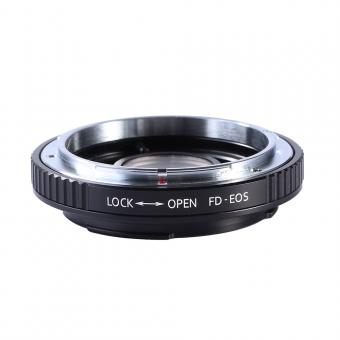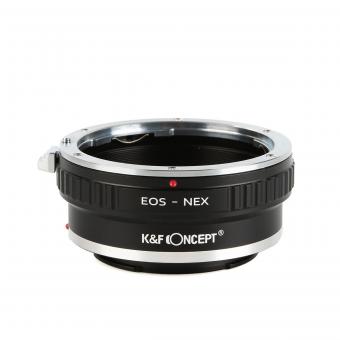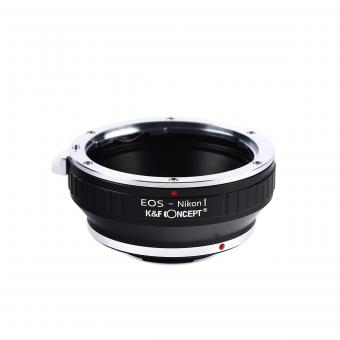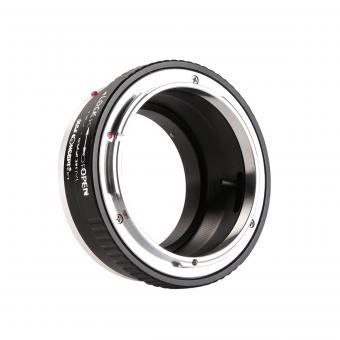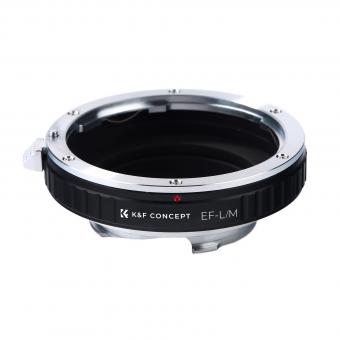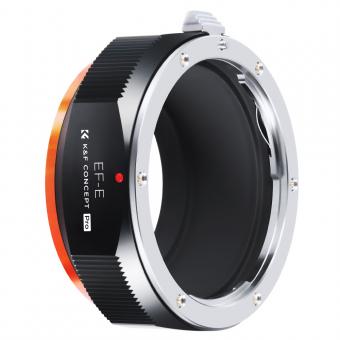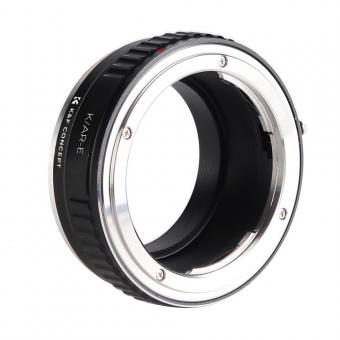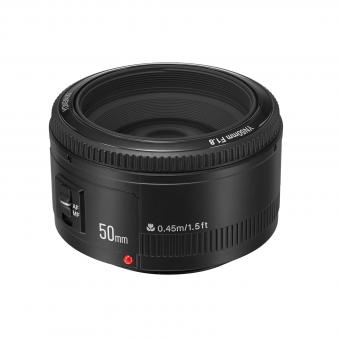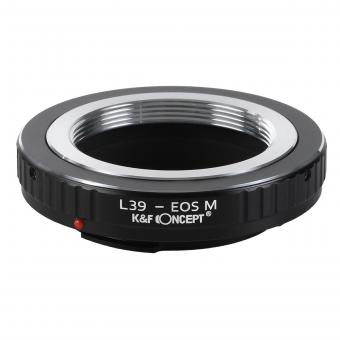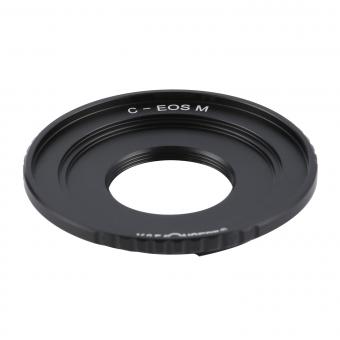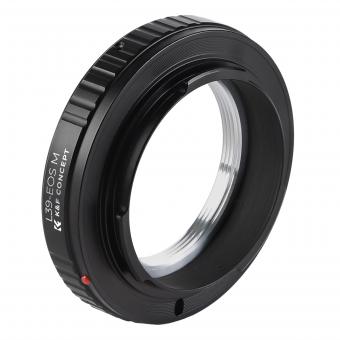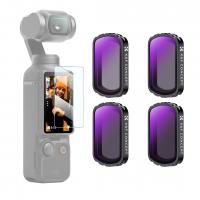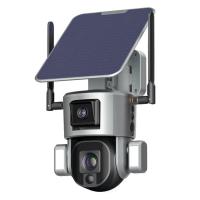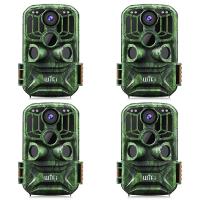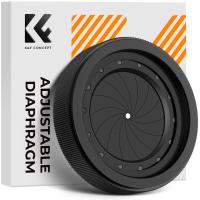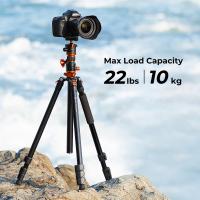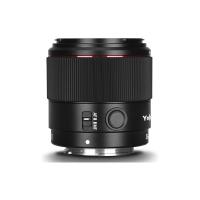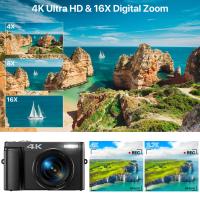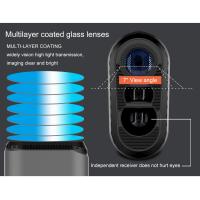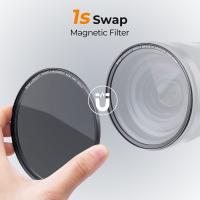What Is Ef On Canon Lens ?
EF stands for "Electro-Focus" and it is a type of lens mount used by Canon for their interchangeable lenses. EF lenses are designed to work with Canon's line of EOS (Electro-Optical System) cameras, which use autofocus technology to quickly and accurately focus on a subject. EF lenses have a larger diameter than previous Canon lens mounts, which allows for faster autofocus and better image quality. EF lenses are compatible with both full-frame and APS-C sensor cameras, and can be used with Canon's range of DSLRs and mirrorless cameras.
1、 Definition of EF mount on Canon lenses
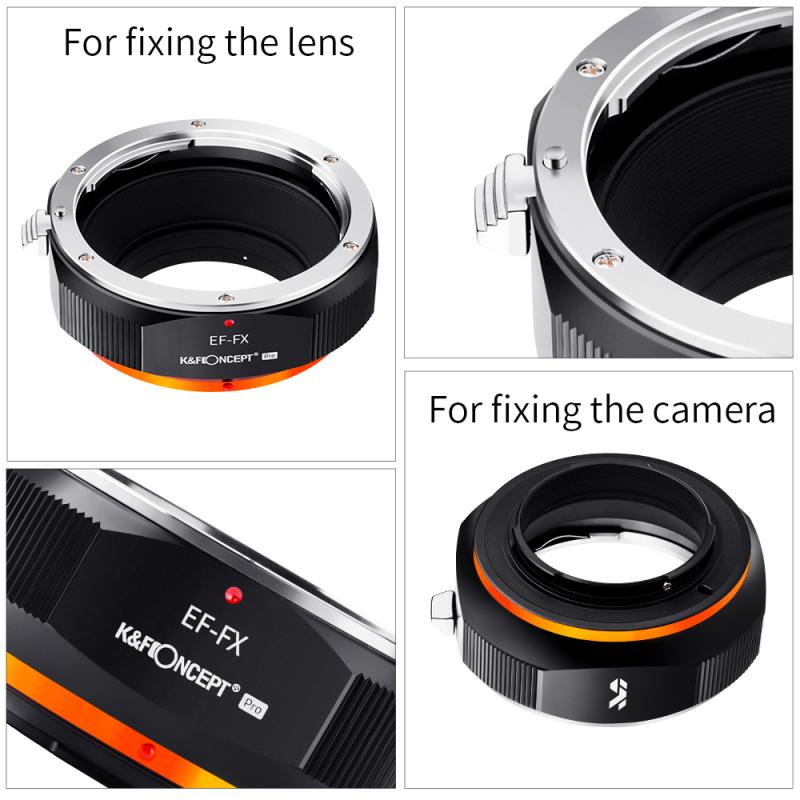
What is EF on Canon lens?
EF stands for "Electro-Focus" and refers to the mount type used on Canon lenses. The EF mount was introduced by Canon in 1987 and has since become the standard mount for all Canon interchangeable lens cameras, including both DSLRs and mirrorless cameras.
The EF mount is characterized by its large diameter and short flange distance, which allows for a wide range of lens designs and enables fast and accurate autofocus performance. EF lenses are also designed to cover the full-frame sensor size, making them compatible with both full-frame and APS-C format cameras.
One of the advantages of the EF mount is its compatibility with Canon's extensive range of lenses, which includes over 100 different models. This allows photographers to choose from a wide range of focal lengths and aperture settings to suit their specific needs.
In recent years, Canon has also introduced a new mount type called RF, which is designed specifically for its mirrorless cameras. While the RF mount offers some advantages over the EF mount, such as improved autofocus performance and a wider range of lens designs, EF lenses remain a popular choice for many photographers due to their compatibility with Canon's extensive range of cameras and accessories.
2、 Advantages of EF mount over other mounts
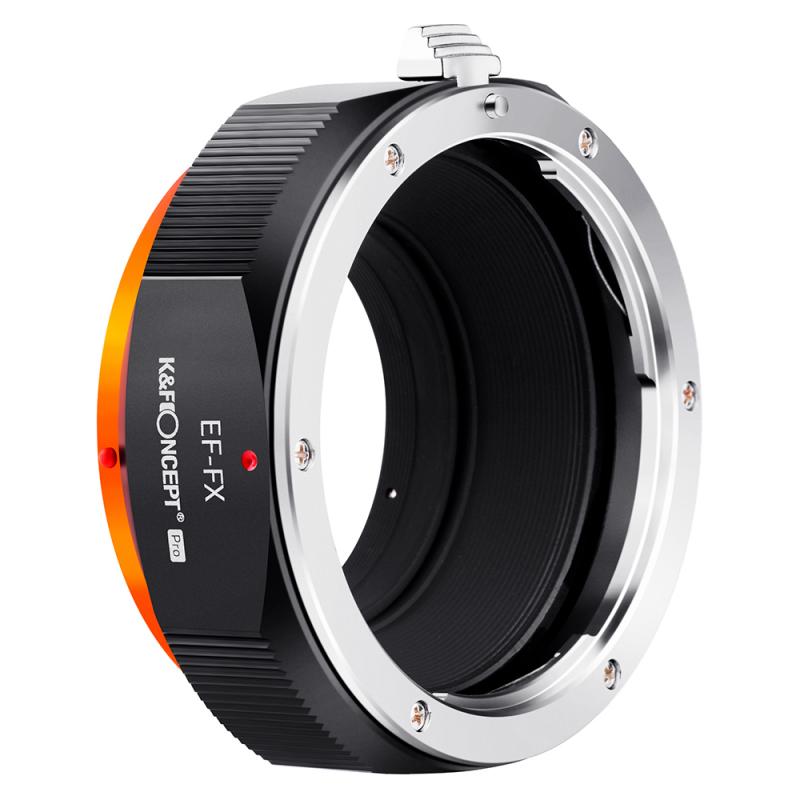
What is EF on Canon lens?
EF stands for "Electro-Focus" and refers to the type of lens mount used by Canon on their interchangeable lens cameras. EF lenses are designed to work with Canon's full-frame and APS-C sensor cameras, and they feature electronic contacts that allow for communication between the lens and camera body.
Advantages of EF mount over other mounts:
1. Compatibility: One of the biggest advantages of the EF mount is its compatibility with a wide range of Canon cameras. EF lenses can be used on both full-frame and APS-C sensor cameras, which means that photographers can invest in a high-quality lens and use it on multiple camera bodies.
2. Autofocus: EF lenses feature fast and accurate autofocus systems that are designed to work seamlessly with Canon cameras. This makes it easier for photographers to capture sharp and well-focused images, even in challenging lighting conditions.
3. Image Quality: EF lenses are known for their high-quality optics, which produce sharp and detailed images with minimal distortion and aberration. Canon's latest EF lenses also feature advanced coatings and elements that help to reduce flare and ghosting, resulting in better contrast and color accuracy.
4. Innovation: Canon continues to innovate with their EF mount, introducing new lenses with advanced features like image stabilization, fast apertures, and weather sealing. This means that photographers can continue to expand their creative options and capture stunning images in a variety of situations.
In conclusion, the EF mount on Canon lenses offers a range of advantages over other mounts, including compatibility, autofocus, image quality, and innovation. With the latest advancements in lens technology, Canon continues to push the boundaries of what is possible with their EF mount, making it a top choice for photographers around the world.
3、 Compatibility of EF mount with different camera bodies
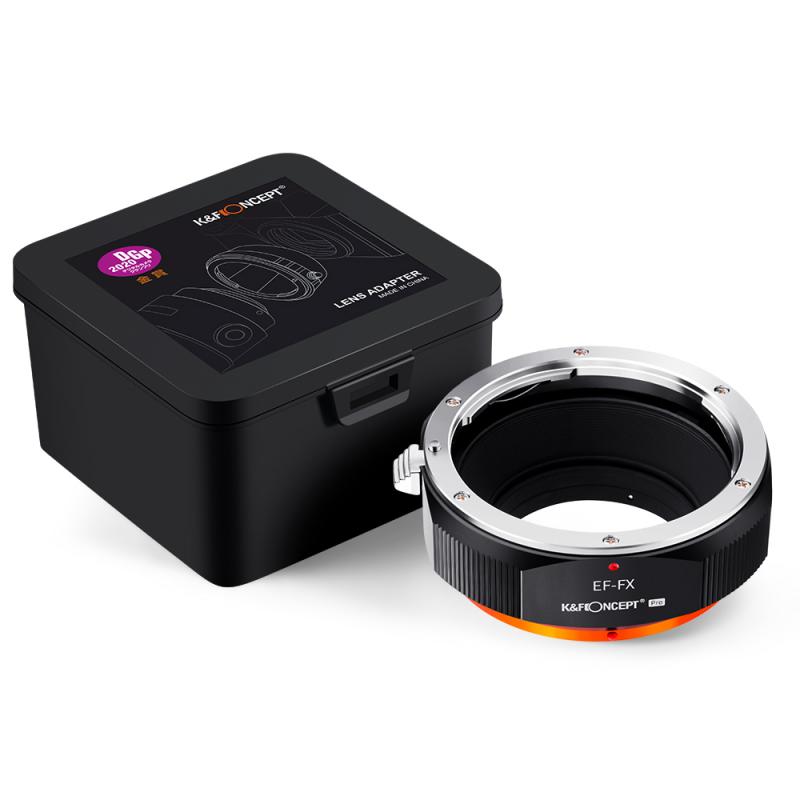
What is EF on Canon lens? EF stands for Electro-Focus and refers to the type of lens mount used by Canon on their interchangeable lens cameras. The EF mount was introduced in 1987 and has since become the standard mount for Canon's full-frame and APS-C sensor cameras.
The EF mount is compatible with a wide range of Canon lenses, including prime, zoom, and specialty lenses. It is also compatible with third-party lenses that are designed for the EF mount. The EF mount has remained largely unchanged since its introduction, which means that older EF lenses can still be used on newer Canon cameras.
One of the benefits of the EF mount is its compatibility with different camera bodies. Canon's full-frame cameras, such as the EOS 5D Mark IV and EOS R, can use both full-frame and APS-C EF lenses. APS-C cameras, such as the EOS 90D and EOS Rebel T7i, can only use APS-C EF lenses.
In recent years, Canon has introduced a new lens mount called RF, which is designed for their full-frame mirrorless cameras. While the RF mount is not compatible with EF lenses, Canon has released an adapter that allows EF lenses to be used on RF cameras.
Overall, the EF mount has proven to be a reliable and versatile lens mount for Canon cameras. With its wide range of compatible lenses and compatibility with different camera bodies, it remains a popular choice for photographers and videographers.
4、 EF-S vs EF lenses: differences and similarities
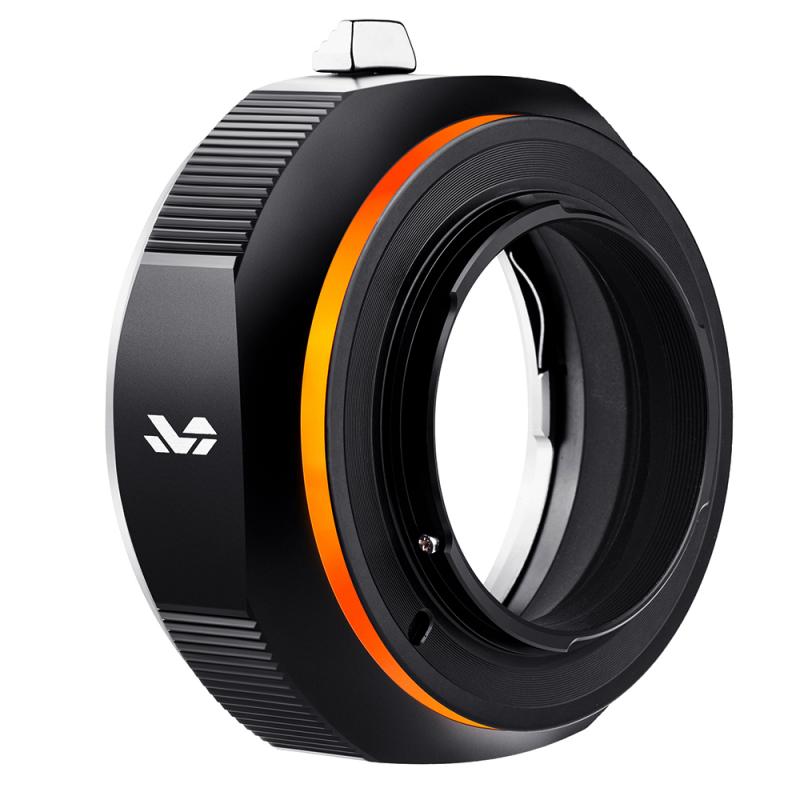
What is EF on Canon lens? EF stands for "Electro-Focus" and refers to the type of lens mount used by Canon on their full-frame and APS-C DSLR cameras. EF lenses are designed to work with Canon's full-frame cameras, while EF-S lenses are designed specifically for APS-C cameras.
The main difference between EF and EF-S lenses is the size of the image circle they project. EF lenses project a larger image circle, which covers the full 35mm frame, while EF-S lenses project a smaller image circle that only covers the smaller APS-C sensor. This means that EF lenses can be used on both full-frame and APS-C cameras, while EF-S lenses can only be used on APS-C cameras.
Another difference between EF and EF-S lenses is the distance between the lens mount and the sensor. EF-S lenses are designed to be mounted closer to the sensor, which allows for a more compact design. This also means that EF-S lenses cannot be used on full-frame cameras, as they would not cover the entire sensor.
In terms of image quality, there is no significant difference between EF and EF-S lenses. Both types of lenses can produce high-quality images, and the choice between them will depend on the camera body being used and the specific needs of the photographer.
Overall, EF and EF-S lenses offer a wide range of options for Canon DSLR users, and the choice between them will depend on the specific needs of the photographer.


